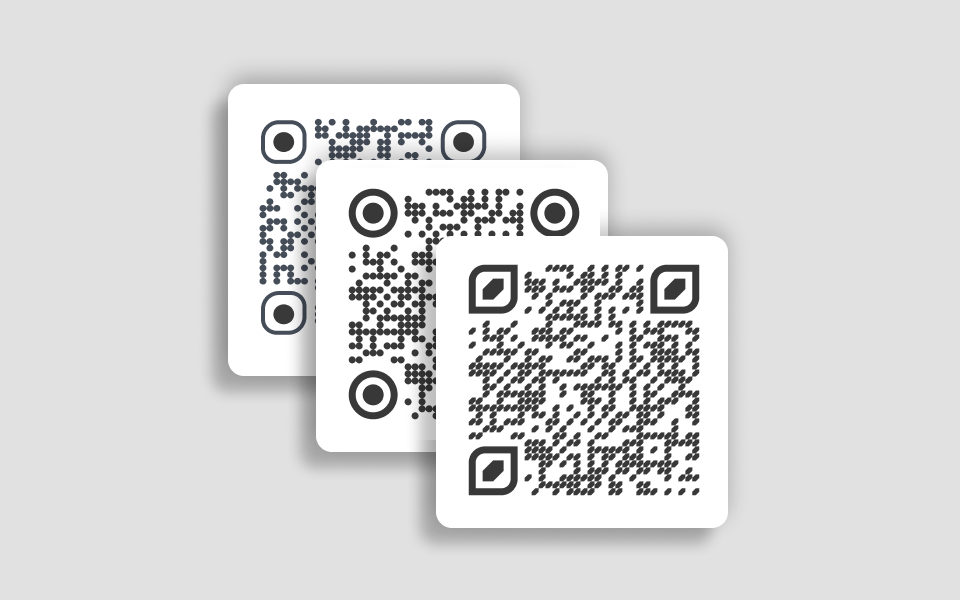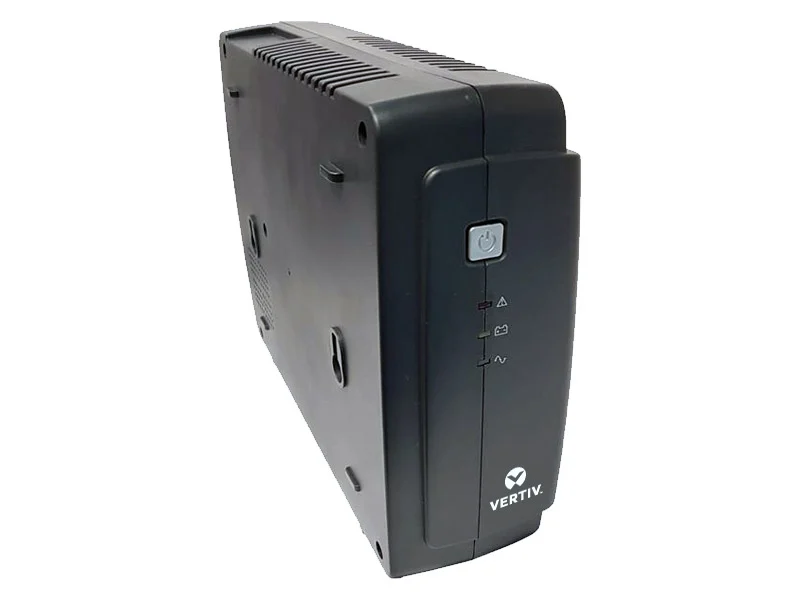The process of migrating data from legacy on-premise estates to the cloud is one of the most challenging elements of managing company data.
While data is kept in its many silos, it is often stored in several places, is seldom clean, and has become an integral part of an organization’s activities. We know there are additional data sets that must be crucial, but we don’t know how to put them together. This is the equivalent of not being able to find the key to the back of the kitchen drawer.
In this post, we’ll go over how to manage a data transfer project, what warning signs to look out for, and what you can safely discard and what you need to hold on to if you want to succeed.
Data Migration: What Is It Exactly?
Moving an on-premises data warehouse to the cloud, moving apps and the data associated with them, or integrating disparate data sources via a data lake or data mesh are all examples of data migrations. If you go for the proper training, then you need to understand what is data migration testing also.
An enterprise data transfer project will often be sparked by one of the following three pain points:
Speed
The business fears it is falling behind its rivals or will soon fall behind its rivals because its crucial data is locked away in antiquated systems, making it difficult or impossible to perform analytics in a timely manner or provide new data-centric solutions to the business’s customers.
Cost
A data centre houses all of the necessary IT components, and is situated on the premises. The apps must be removed if this data facility is to follow its stated objective to reduce its footprint.
Data is kept in isolated repositories, or “silos,” making it difficult to merge them for analysis or find a centralized repository of critical information. It is time-consuming to manage who has access to private information.
The following are some examples of solutions that I often encounter when dealing with clients about data migration and may be familiar to you: Examples of complicated IT projects include data warehousing, data marts, replatforming, API migrations to the cloud, master data management (MDM), application rewrites, change data capture (CDC), data mesh, and domain modelling.
Each has a place, but ultimately it is your approach that will define the success or failure of your data transfer, not the solution you ultimately choose on.
The Benefits of Information Sharing
The following are both the most visible and subtle benefits that I see clients get as a result of data migrations:
Speed cleaning your data, software, and operations will make you more efficient and improve your ability to react rapidly.
Reducing recurring expenses
Altering your payment structure for data and technology by, for example, relocating away from data centres or doing away with licencing might reduce your CapEx costs.
Instead of trying to grow teams that can maintain legacy code, it might be easier to find people who are already fluent in or can quickly learn the popular technologies used in data migration stacks. These include Python, Node.js, Spark, Scala, and cloud computing.
Responding to new questions
Row-based relational databases are optimised for supporting applications, but they struggle when confronted with large amounts of data and complex analytics. Wait a minute, isn’t that a very slim pickings? You could put it that way, we suppose. Do not dismiss the importance of these four benefits, but also do not exaggerate the potential upsides for your business.








